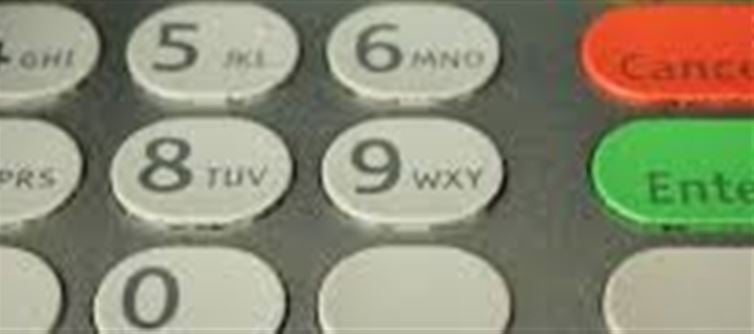
ATMs and debit cards have become an essential part of our daily lives. But while digital banking is convenient, it comes with its own risks. Choosing a weak or predictable ATM PIN can make your account vulnerable to fraud. Here’s what you need to know:
🛑 1. Common PIN Mistakes to Avoid
Many people choose easily guessable numbers, which hackers can exploit:
- 1234, 0000, 1111
- Birth years (1990, 2000)
- Repeating or sequential numbers (1212, 2345)
Using such combinations is like leaving your account wide open.
📉 2. Why Weak PINs Are Risky
Fraudsters often use shoulder surfing, card skimmers, or phishing attacks to gain access. Weak PINs make it much easier to crack accounts, potentially draining savings instantly.
🔢 3. Choose Random Numbers
Always select a PIN that is random and not related to personal info like birthdays, anniversaries, or phone numbers. A truly random combination reduces the chance of fraud.
🔐 4. Update Your PIN Regularly
Changing your PIN every few months adds an extra layer of security. Even if someone has obtained your old PIN, it will be useless after an update.
👀 5. Keep Your PIN Confidential
Never share your PIN with anyone, including family or friends. Avoid writing it down where it can be seen or stored on your phone. Privacy is key to protecting your money.
💡 6. Use Multi-Factor Security
Enable additional security measures like mobile alerts, two-factor authentication, or banking app verification. This ensures you’re notified immediately of any suspicious activity.
📲 7. What to Do if You Suspect Fraud
If you notice unauthorized transactions or suspect your PIN has been compromised:
- Immediately contact your bank’s customer care
- Block your ATM/debit card
- File a complaint with your bank and monitor your account closely
⚠️ 8. Bonus Tip
Avoid using consecutive or repetitive numbers for other wallet PLATFORM' target='_blank' title='digital-Latest Updates, Photos, Videos are a click away, CLICK NOW'>digital accounts too. Consistency in strong passwords and PINs across devices can protect you from cyber theft.
Disclaimer:
The views and opinions expressed in this article are those of the author and do not necessarily reflect the official policy or position of any agency, organization, employer, or company. All information provided is for general informational purposes only. While every effort has been made to ensure accuracy, we make no representations or warranties of any kind, express or implied, about the completeness, reliability, or suitability of the information contained herein. Readers are advised to verify facts and seek professional advice where necessary. Any reliance placed on such information is strictly at the reader’s own risk.
.jpg)




 click and follow Indiaherald WhatsApp channel
click and follow Indiaherald WhatsApp channel